Best Onsens in Tohoku, Northern Japan (Part 1)
Tohoku, the northern region of Japan, is home to stunning mountainscapes, secluded forests and beautiful vistas in every season. As a result, the region is also a must-visit onsen (hot springs) destination.
Onsen are traditional Japanese hot springs that are naturally heated by volcanic activity, although the term has also been loosely used to refer to man-made indoor bathing facilities. Bathing in onsen is an important part of Japanese culture, as the water is said to have purifying qualities — which is why you often see shrine visitors wash their hands with water before entering. Onsen bathing is also done fully nude with no swimsuits allowed. Some onsen forbid visitors with tattoos to enter but it's best to check before visiting.
Tohoku has a wealth of natural onsen, with stunning, private outdoor baths (rotenburo) due to the remote nature of the region’s onsen ryokan (traditional inns). Whether it's set against a snowy winter backdrop or amongst vibrant autumn foliage, bathing in one of Tohoku’s mountainous hot springs is sure to be the highlight of your visit. If you’re looking for an authentic experience, check out our list of best onsens to visit in the Tohoku region.
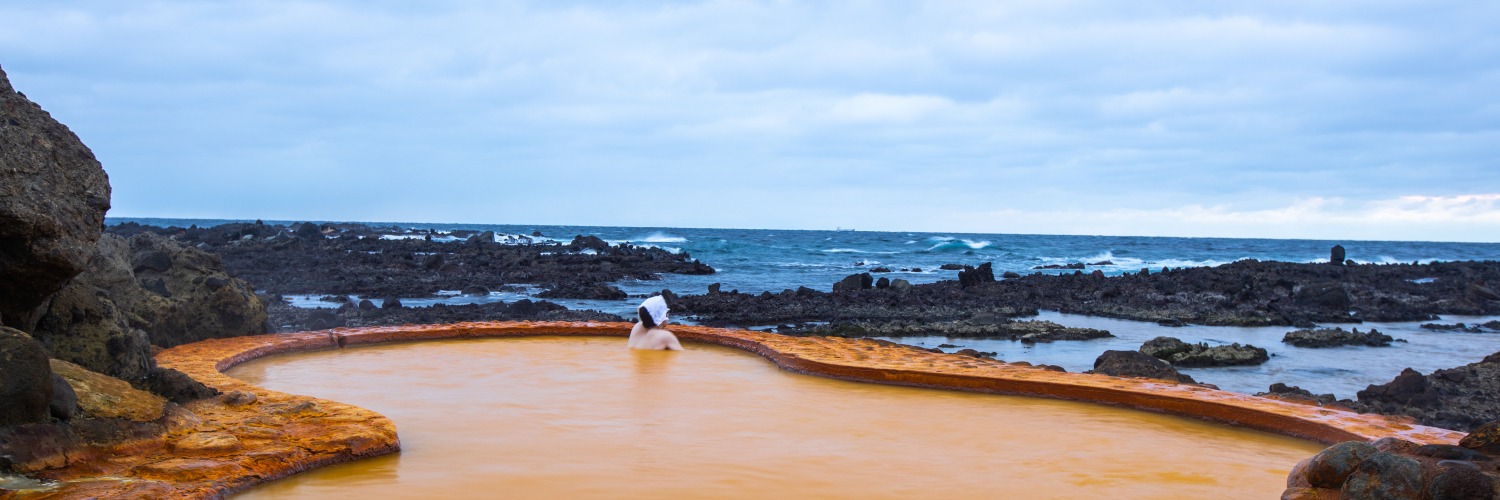
Sukayu Onsen
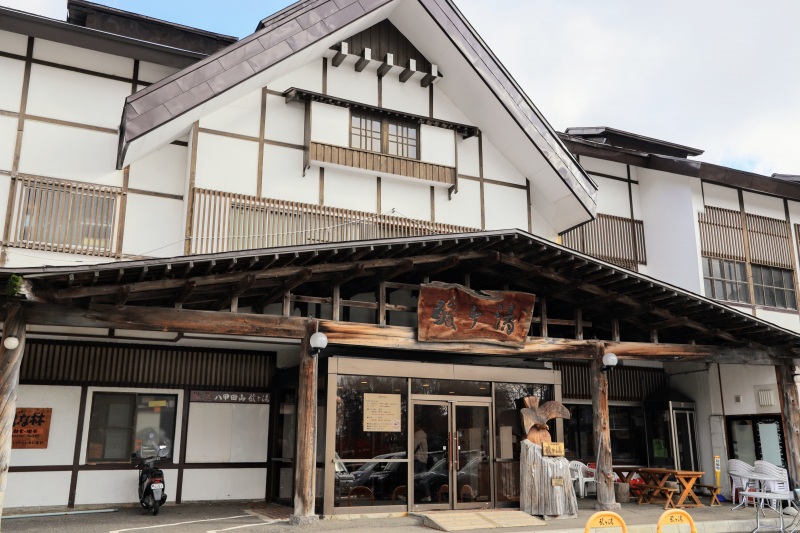
Over 300 years old, Sukayu Onsen is the oldest hot spring in Hakkoda. Sukayu is most well-known for its Sennin Buro, or “bath of a thousand bathers”. The 248-square meter Sennin Buro bath is made of beech wood, appropriately named as it can supposedly fit a thousand bathers. What’s more: it’s aimed at traditional mixed bathing, known as konyoku. Such establishments are increasingly hard to find in modern Japan—not to mention the language barrier is even greater with often no English support—but it’s interesting to explore this hot spring trend of the past before they die out completely.
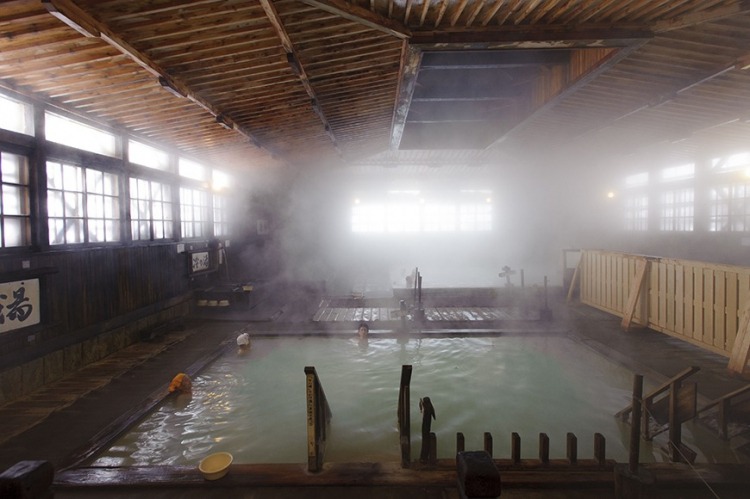 Sennin Buro, at Sukayu Onsen, Aomori
Sennin Buro, at Sukayu Onsen, Aomori
Sukayu Onsen is located on a picturesque mountain, surrounded by other natural attractions such as Suiren Numa Pond and Jogakura Gorge. Visitors can pay just to try the hot springs or extend their visit by staying in one of the ryokan’s traditional Japanese rooms.
Directions: 80-minute bus ride from JR Aomori Station to Sukayu Onsen Mae Stop via JR Bus Mizuumi-go.
Sukawa Kogen Hot Spring
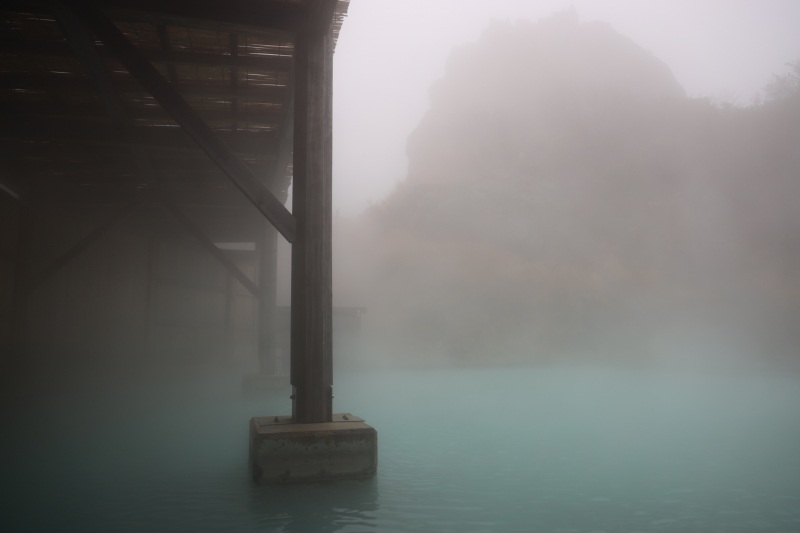
Located high up on Mount Kurikoma at an altitude of 1,126 meters, Sukawa Kogen is one of Tohoku’s most elevated hot spring facilities. Locals flock to this onsen for its impressive open-air bath that allows bathers to admire the magnificent natural surroundings. Its mountainous surroundings are especially beautiful during autumn, when fall foliage is at its peak. The bathwater at this onsen is known for its strong acidity, as well as massive volume, with the spring supplying 6000 liters of water per minute. For shy first-time onsen bathers, Sukawa Kogen also has private baths upon reservation. Inquisitive explorers will enjoy walking up the mountainside following the sulfur scent to their source — a small torii gate waits at the top to provide a nice photo opportunity.
Directions: 90-minute bus ride from JR Ichinoseki Station to Sukawa Kogen Onsen Stop via Iwate-ken Kotsu Bus, or a 50 minute drive west from Genbikei Gorge following Route 342. Book a stay via TripAdvisor.
Miyakowasure Natsuse Onsen
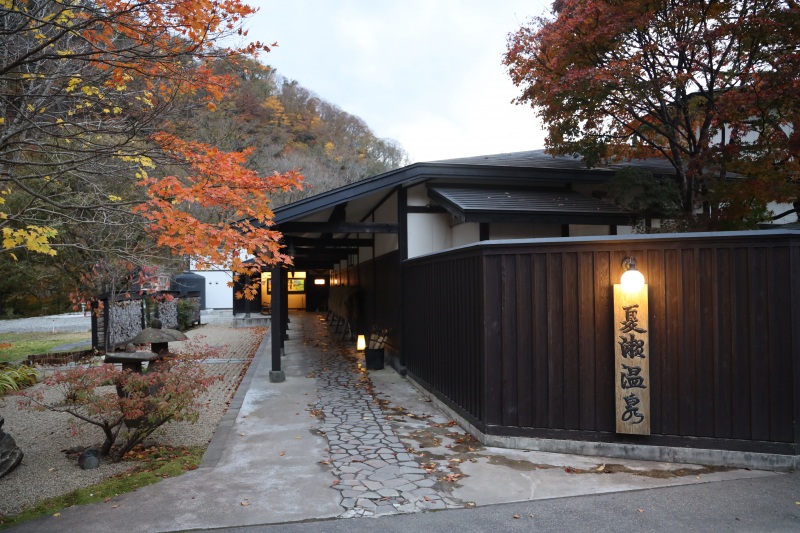
For those who want to try onsen in complete seclusion, visit Miyakowasure. Being the only accommodation within the vicinity of Natsuse Onsen, visitors can enjoy the true tranquility of its remote location. Miyakowasure Natsuse Onsen is located among the forests in Semboku, Akita — listen to the peaceful sound of the nearby stream as you soak in the outdoor rotenburo. Miyakowasure is best enjoyed as an overnight stay, as the ryokan has nine rooms with ensuite open-air baths for guests to bask in the view undisturbed. During spring, the open-air bath has an especially good view of the surrounding cherry blossom trees.
Miyakowasure is perhaps one of the most remote hot springs I’ve been fortunate to visit, with the forest drive there (by car or shuttle bus) is by no means short. It adds to the mystery of arriving at such a secluded paradise and, what is more, you really can feel at home once you are checked in, thanks to the warm and cosy interior just inviting you to relax and unwind.
Directions: 30-minute shuttle bus ride from Tazawako Station, available upon reservation for ryokan guests.
Aizu Higashiyama Onsen Konjakutei
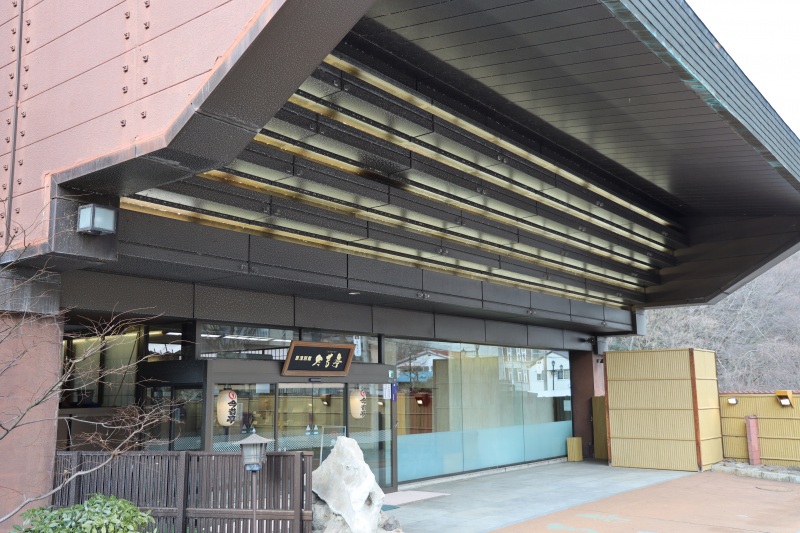
Located in a quaint onsen town near Aizu Wakamatsu, Konjakutei is one of the many ryokans at Higashiyama Onsen. The historic onsen town retains most of its original facade from more than 1,300 years ago — making it one of the top three onsen towns of old Tohoku. Konjakutei boasts a panoramic riverside view from their pristine indoor onsen baths, as well as a secluded outdoor bath overlooking a waterfall where bathers can relax while listening to the sound of the babbling brook. Guests can also enjoy the outdoor baths and private onsen rooms at its sister hotel Harataki, which is a short 3-minute walk away. Complete your trip with a spectacular meal at Konjakutei’s in-house restaurant which offers kawadoko (riverside dining) from spring to autumn.
Directions: 35-minute bus ride from JR Aizu Wakamatsu Station to Higashiyama Onsen via City Tour bus where Konjakutei shuttle can pick you up upon reservation by phone.
Furofushi Onsen
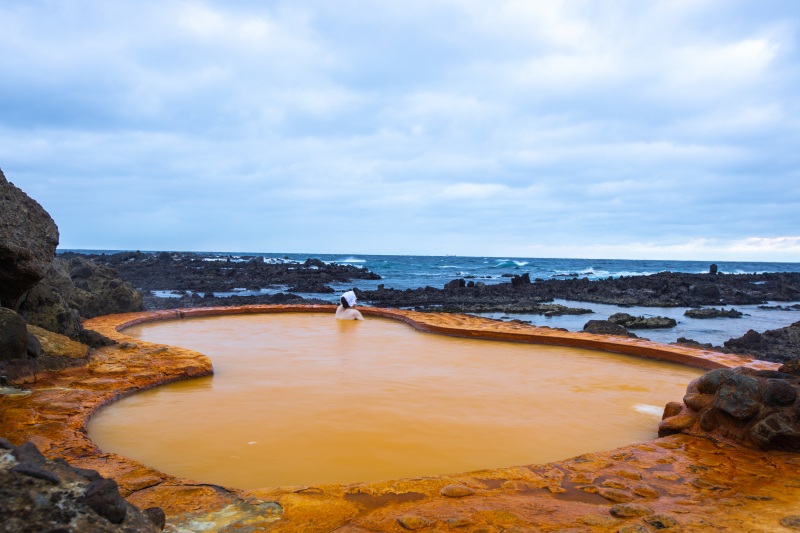
Along the scenic Resort Shirakami Line is Furofushi Onsen, famed for its heart-shaped outdoor bath with golden-hued waters overlooking the Sea of Japan. Umibeno Rotenburo, the onsen’s seaside outdoor bath, earned its reputation as one of the most beautiful rotenburo in Japan due to its stunning sunset views. Unfortunately, only ryokan guests can use the seaside rotenburo after 4pm. Fret not, as day trip guests can still use the indoor baths — which also have a panoramic view of the ocean. Make the most out of your trip up north by staying a night at Furofushi Onsen and dining at the in-house restaurant which is renowned for its local seafood such as abalone and tuna steak.
Directions: 5-minute shuttle bus ride from JR Wespa Tsubakiyama Station (on the Resort Shirakami Line). Buses are timed to match the train arrivals.
Column
Tohoku's Best Hot Springs
Read more about Tohoku's best hot springs in Part 2.
Zao Onsen, Yamagata
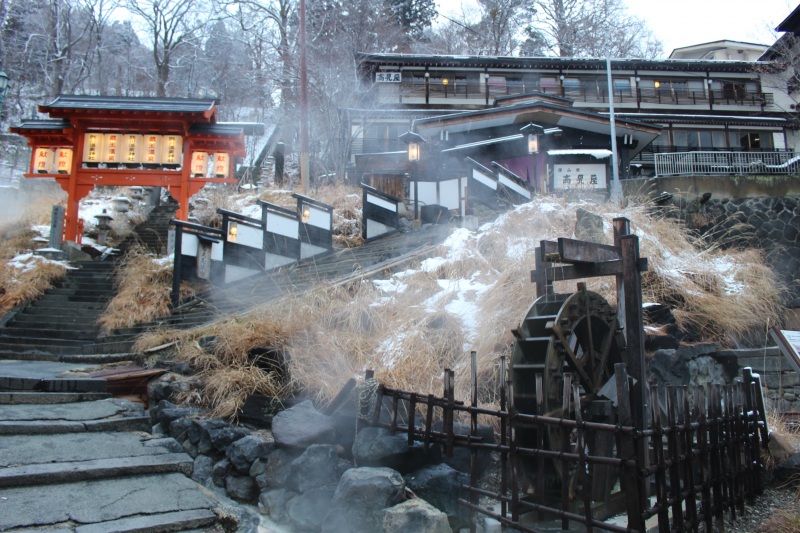
Zao Onsen is, by far, one of Japan's top ski and hot spring resorts. Legendary for its beauty and tranquility, it's a stunning location for spending time with friends, family or even a solo trip. It is said that Zao Onsen has been responsible for healing and recuperating weary travellers for centuries and the hot spring water found in the region has the reputation for being the best in the country. There are dozens of hot springs in the area, in addition to cute foot baths and stunning hiking and trekking courses in Autumn.
Directions: From Yamagata Station take the Zao Onsen bus which takes approximately 40 minutes and costs ¥1,000.
Ginzan Onsen, Yamagata
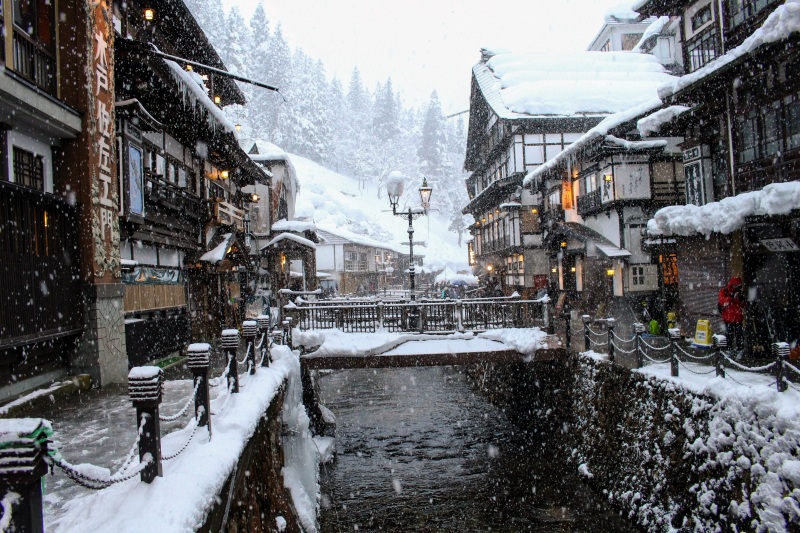
The picturesque Ginzan Onsen town in Yamagata's Obanazawa City is like stepping back in time to the early 20th century. Known for its Taisho era (1912-1926) architecture and quaint atmosphere (the streets are lit by gas lamps) Ginzan Onsen is a truly magnificent location perfect for relaxing and enjoying the tranquility of northern Japan. The town plays host to three public hot springs and a number of footbaths and, like many other onsen towns in this region of Japan, the water is renowned for its therapeutic effects. Especially stunning in winter the town is also delightful in other months where visitors are able to go hiking and trekking and enjoy the majestic waterfalls which are found in the region.
Directions: Take the Yamagata Shinkansen from Tokyo to Oishida Station. Then a bus to Ginzan Onsen which takes about 35 minutes.
Iwamuro Onsen, Niigata
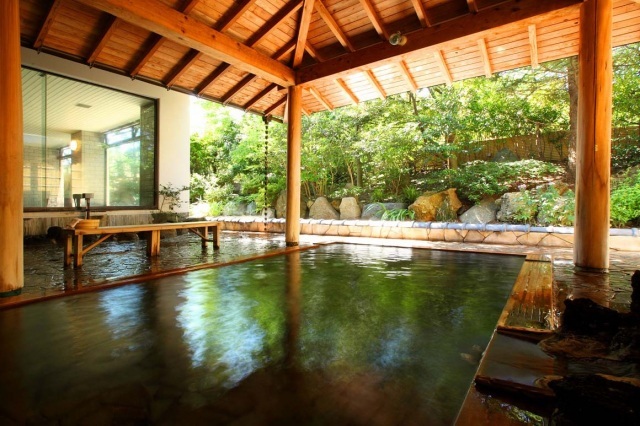
Popular since the Edo era, Iwamuro Onsen, in Niigata Prefecture, is a scenic region less than one hour from Niigata City. Known for its pristine and therapeutic hot springs (there are more than 20 in the area) Iwamuro is well worth visiting. Sitting in the shadow of Mount Yahiko, Iwamuro Onsen is legendary in this part of the country and plays a part in local folklore. Niigata is a real under-the-radar prefecture which deserves much more attention so be a trailblazer and start your Niigata adventure in Iwamuro Onsen.
Directions: From Niigata Station take the JR Echigo Line to Iwamuro Station. It takes about 50 minutes.